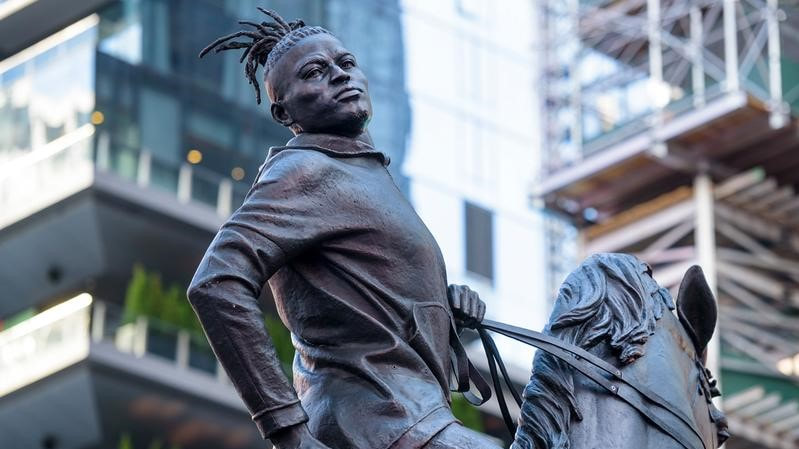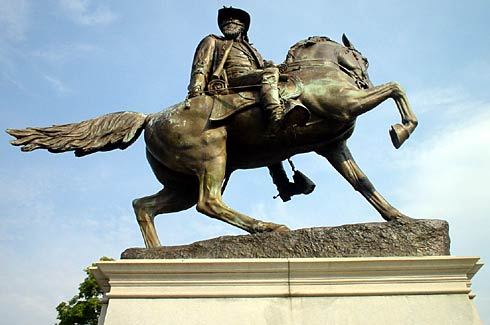|
Astronomers have discovered that the universe is expanding at an ever-faster rate. Galaxies are retreating from one another while it appears that the great nebulas or “star nurseries” that brought into existence those glittering lights that adorn the night sky are becoming fewer and fewer in number, albeit, that number is still greater than our limited minds can conceive. Yet whenever something is becoming fewer without the appearance of replacements, the natural conclusion is that eventually—however long it may take!—that thing will cease to exist! Meanwhile, stars also die. Admittedly some do so quite spectacularly and spread their remains that perhaps—but only perhaps—results in the formation of new stars, while black holes, those monstrous cannibals, consume whatever gets close enough to them—including stars. Even smaller stars such as our sun, though they have a fate far more prosaic than their giant siblings, eventually shrink into white dwarfs ultimately ceasing to exist—at least as stars. Astronomers have ruefully concluded that the end of the universe as we know it will consist of nothing more than myriad black holes. And even these monsters will eventually just disappear for apparently they are not eternal but slowly over time, lose their substance. And, so, at the end, darkness will be the fate of what used to be the glories of our cosmos. It is a sad and depressing story, but apparently, barring the interposition of Almighty God, we are headed for eternal entropy—that is, the end of all things. What is entropy? It is defined as a “measure of disorder,” but it also means “the progression from something into nothing.” Entropy is a slow disintegration from the “formed” into the “unformed.” Astronomy predicts that our cosmos’ formless remnant will be utterly dark. Even The Bible mentions this, albeit in the reverse. In Genesis, Chapter One, verse Two, it is written: “And the earth was without form and void; and darkness was upon the face of the deep.” Being “without form and void” is the very essence of entropy. But nature is not alone in producing entropy. Human civilizations rise and flourish and then decay, eventually ending in a formless chaos, void of all that made it a civilization in the first place. We are seeing this happening today in the West and nowhere is it moving with greater speed than in the American South, a region whose history, heritage and heroes are under relentless attack from people “void” of both reason and knowledge. These vandals are fueled by a lack of intellect and morality that prevents any “light”—especially the “light of reason and knowledge”—from reaching them. They are as a black hole in the center of what was once a great civilization and thereby represent a sure sign of cultural entropy. One of the first and most prominent societal areas that reveal cultural entropy is found in the arts. In every successive civilization as entropy set in, man’s art and literature were clear signs that the process of cultural decay was underway. Western art and music clearly demonstrate this ongoing malady, indicating how we, the people of our culture, are turning away from what was once acknowledged as beautiful and worthwhile—whether in literature, art or music—and embracing that which is ugly, profane and worthless. Often this is clearly exhibited in the semantics of the art involved—for instance, the term “rap music” is an obvious oxymoron. And, of course, this applies to other forms of art as well. Sometimes there is just enough value retained to create something not altogether worthless, but even then, the subject matter is frequently of a type that a prior generation would have discarded as a waste of time, energy and materials. Recently, we were unfortunate enough to be the victims of a very real example of this decline as it appears in the art form of sculpture. The object involved is a large bronze “monument” entitled “Rumors of War.” Here, the “artist” copied from a true masterpiece portraying one of those Southern heroes presently condemned by most of society. In doing so, he replaces the greater with the significantly lesser, though, of course, his subject is embraced by today’s culture as “worthy.” It is interesting to note that the sculptor does not attempt to make his subject heroic as that word is still understood. Rather, he clads it in the wretched trappings of the inner-city ghetto—high-topped sneakers, ripped jeans, a “hoodie” and that personal grooming catastrophe, dreadlocks! The only thing “heroic” in the work is a reasonably good rendering of the horse copied directly from the original! Even the rider’s posture is odd. His head is thrown back and he appears to be anxiously looking about as if in fear of exposure; it is, in fact, a rather flawless depiction of that most popular of inner-city pastimes, looting. Indeed, one wag has already entitled the work, The Horsethief! Taken altogether objectively, it would seem that the sculptor put whatever talent he possesses into the horse, perhaps because the horse has a natural nobility that even he was able to depict. On the other hand, attempting to ennoble a black “gang-banger” is beyond even the talents of a Michelangelo! Another abuse in this particular pairing of “monuments” is the artist’s contrast between the two subjects being memorialized. He chooses the original not based upon any artistic criteria but in order to nullify the tribute being paid to the man thus originally honored. That monument was raised to Confederate General James Ewell Brown (JEB) Stuart. Of course, Stuart is rejected out of hand, first and foremost because he is white and secondly because he fought for the South. The present orthodoxy insists that the South fought to maintain black slavery while the North fought to “free the slaves.” Of course, that narrative will also eventually fall because whites also fought for the Union and they cannot be seen as heroes either! Right now, however, the script cannot be abandoned without confusing the acceptable interpretation. This is especially important given the lack of wisdom and rationality among those whom the artist is attempting to reach with his “message.” The sculptor, Kehinde Wiley—also black—uses the Stuart monument as a foundation for his concept, in effect, replacing the original hero Stuart with his “champion!” But Wiley’s subject represents not a man, but an archetype of the assertion that American blacks have been robbed of their superior place by evil whites! Of course, this sort of “artistic interpretation” is both intellectually and morally bankrupt. To begin with, one cannot equate an idea or concept with a human being. A concept may be excellent, but it is the product of a human mind, it is not itself human. The artist’s “heroic image” is no more genuine than a statue of Zeus and cannot be regarded in the same way as a monument to any man whose life was such that his fellow men saw fit to glorify him for posterity. So this regressive—or entropic—“art,” replaces a true hero with a symbol representing a type of man that in better days would have been rejected by a rational society. The “ghetto horseman” embodies nothing positive or worthy of being immortalized—and this is not just a matter of race. He wears the uniform of a certain class of blacks in today’s society that are distinctly unworthy of anything but censure for their brutish and criminal behaviors. In effect, this “art” selects the worse over the better, the lesser over the greater and the degenerate over the true man. If there is a stronger example of cultural entropy, I, for one, cannot imagine it. In the end, this whole effort is admittedly designed to inaugurate the removal of the great heroes of Western Civilization, replacing them with big statues of small people having no worth or purpose other than to warn of the coming darkness.
2 Comments
Joe Jordan
1/1/2020 04:28:35 pm
Atlanta used to have 2 classical radio stations. Now it has none.
Reply
1/10/2020 04:04:06 pm
"Yea, they would pare the mountain to the plain/ To leave an equal baseness... - Tennyson
Reply
Leave a Reply. |
AuthorValerie Protopapas of New York is a prolific and unreconstructed defender of Southern history and the world authority on the great Confederate partisan John Singleton Mosby. She blogs at www.athousandpointsoftruth.com Archives
March 2022
|


